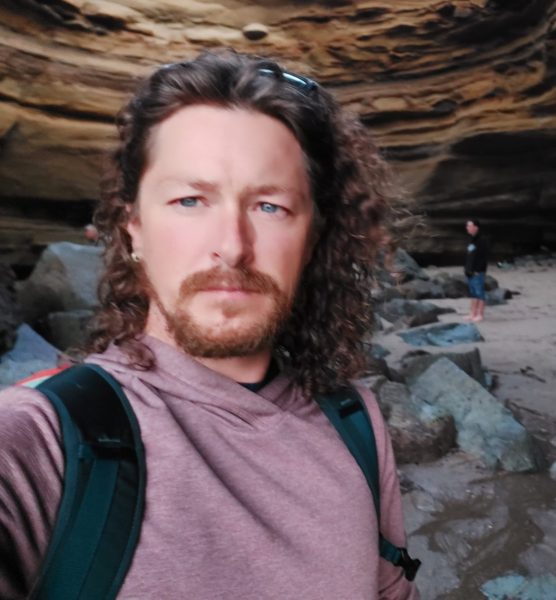High-resolution geophysical characterization of geology and acoustic water column signatures in Detroit Reservoir, Oregon

James Futty – MS Candidate
Advisor: Dr. Jillian Maloney
GMCS 129 – August 5, 2022 at 10 am
watch Jimmy’s defense
Abstract
The migration paths of the first peoples to settle the Americas remain elusive. The scientific consensus has traditionally proposed travel through an ice-free corridor located in the midcontinent during the end of the last ice age (~13.5 ka). However, there is growing support in favor of travel along a coastal migration route during the last glacial maximum (22 ka). If true, most evidence of a coastal migration route is likely now submerged due to the most recent global sea-level rise (22 ka to present) that submerged vast terrestrial paleolandscapes along the Earth’s continental shelves.Recent marine geoarchaeological research has developed a new technique using geophysical methods, chirp and side scan sonar, to identify submerged stone age sites in coastal settings. The human altered lithic detection (HALD) method has been developed and tested, but further assessment is needed across a range of settings and lithic materials. This research aims to assess the usefulness of the HALD method by conducting geophysical investigations in an inland reservoir lake situated in a mountainous volcanic setting. We surveyed Detroit Lake, located on the west side of the central Oregon Cascades, where water fills the lake during spring-summer and then is drawn down in fall-winter for flood control. This drowned river valley provided a novel analog for studying submerged terrestrial landscapes and archaeological sites. Within this reservoir, geophysical data collected during high water levels imaged paleolandforms and water column signatures typical of human altered lithics. These signatures were later ground-truthed with terrestrial methods during drawdown.These settings allow the opportunity to observe characteristic geophysical signals of known landforms and archaeological sites and apply those observations to various other submerged environments. Additionally, these data can be used to monitor and manage changes to landforms and sites caused by repeated inundation and exposure.

